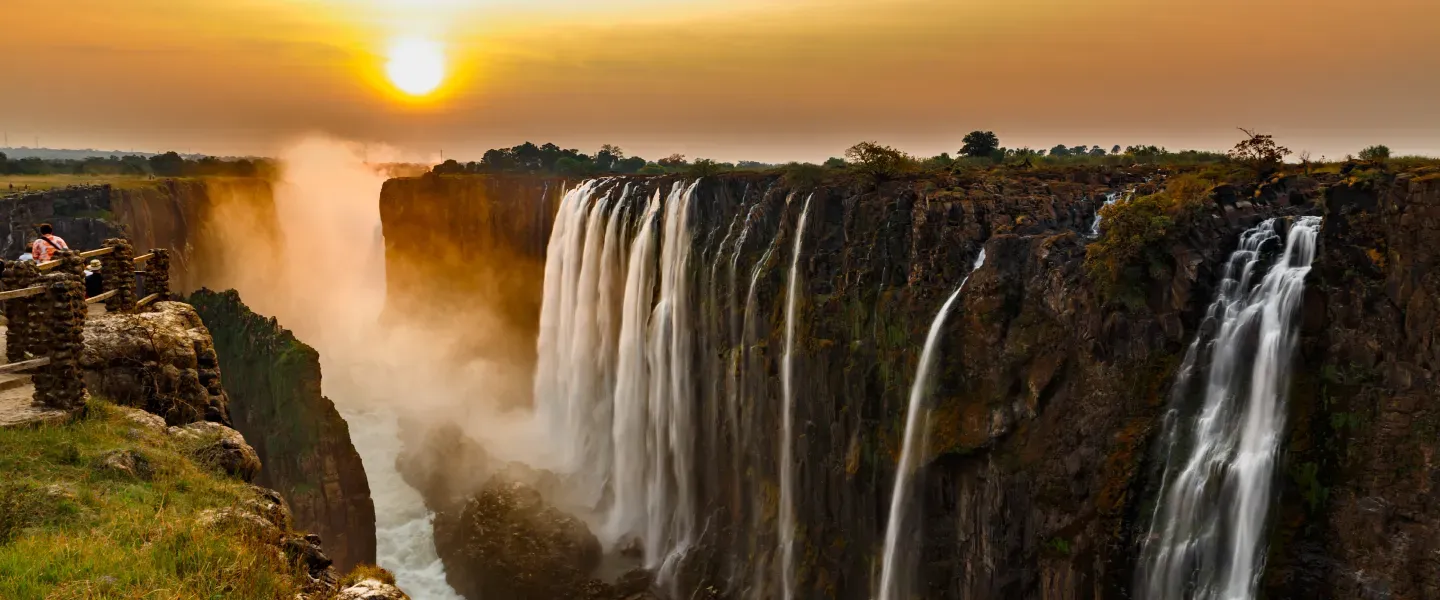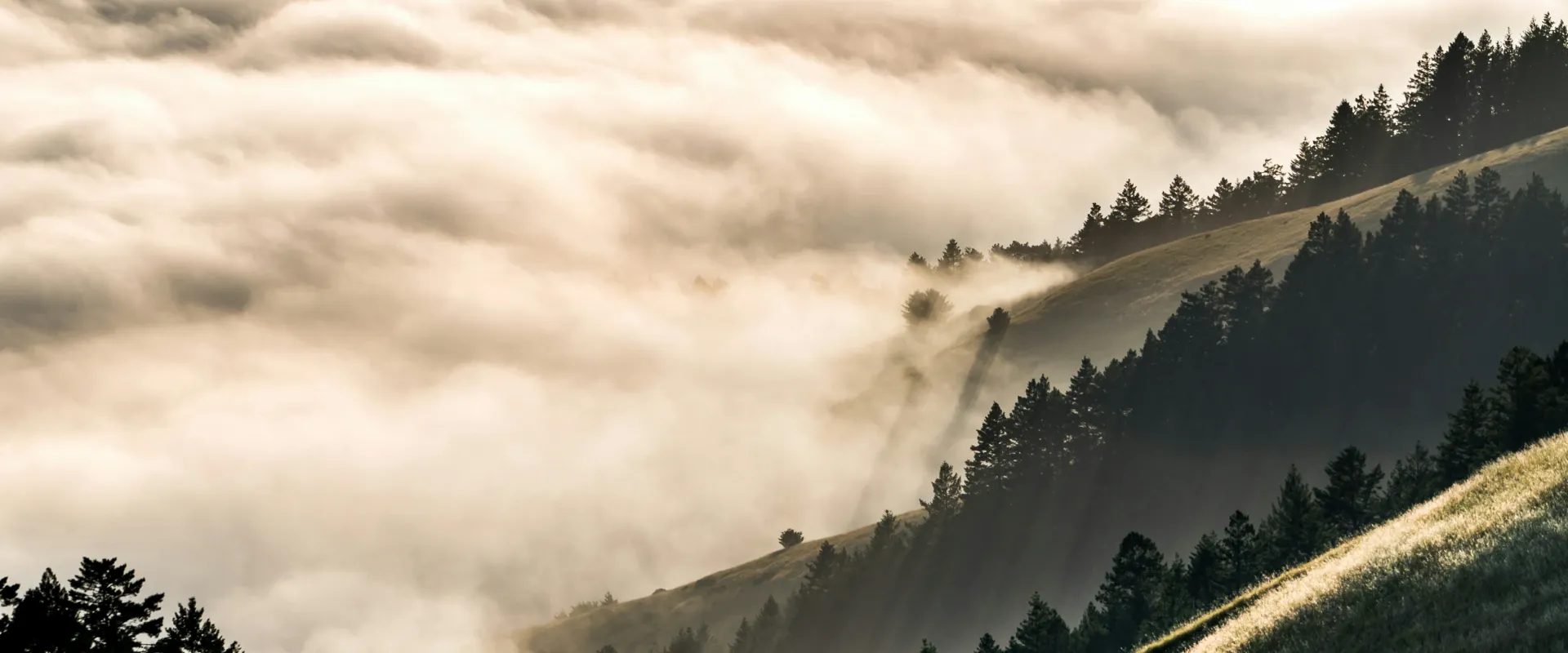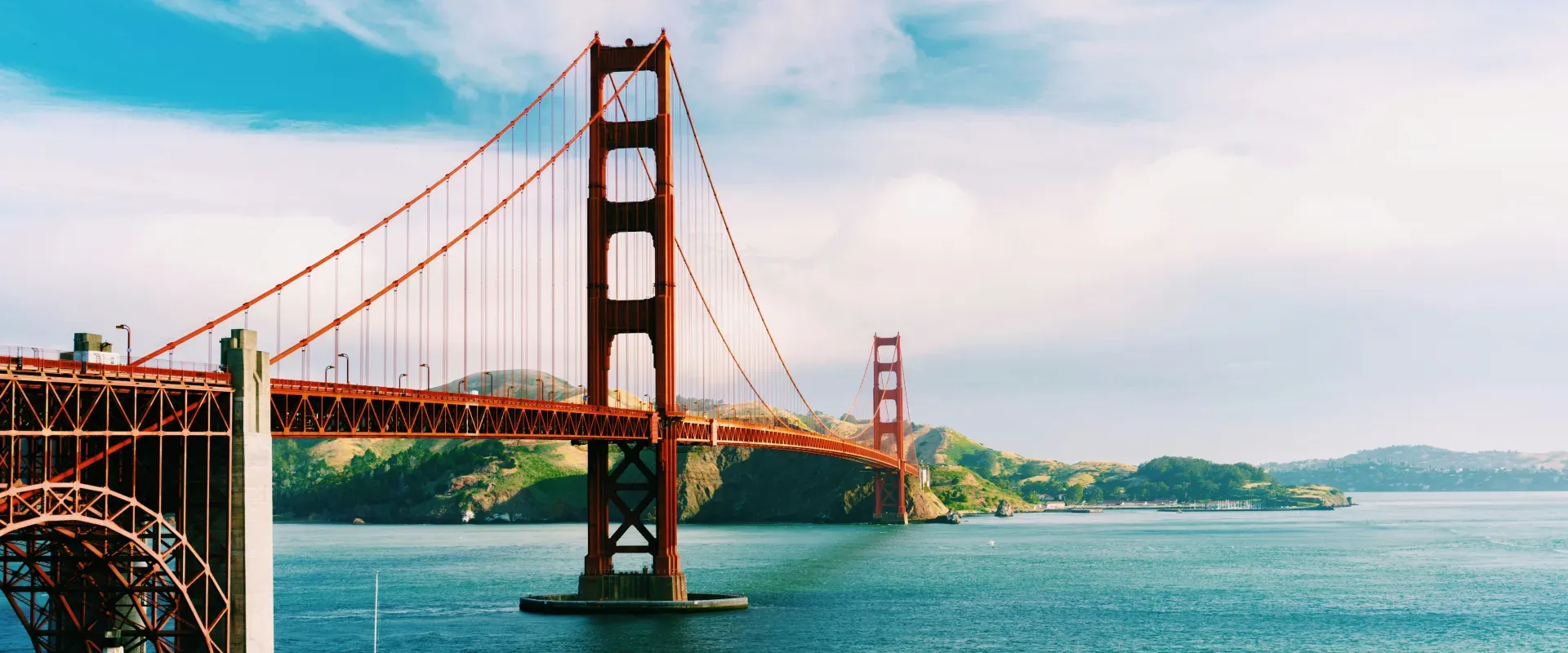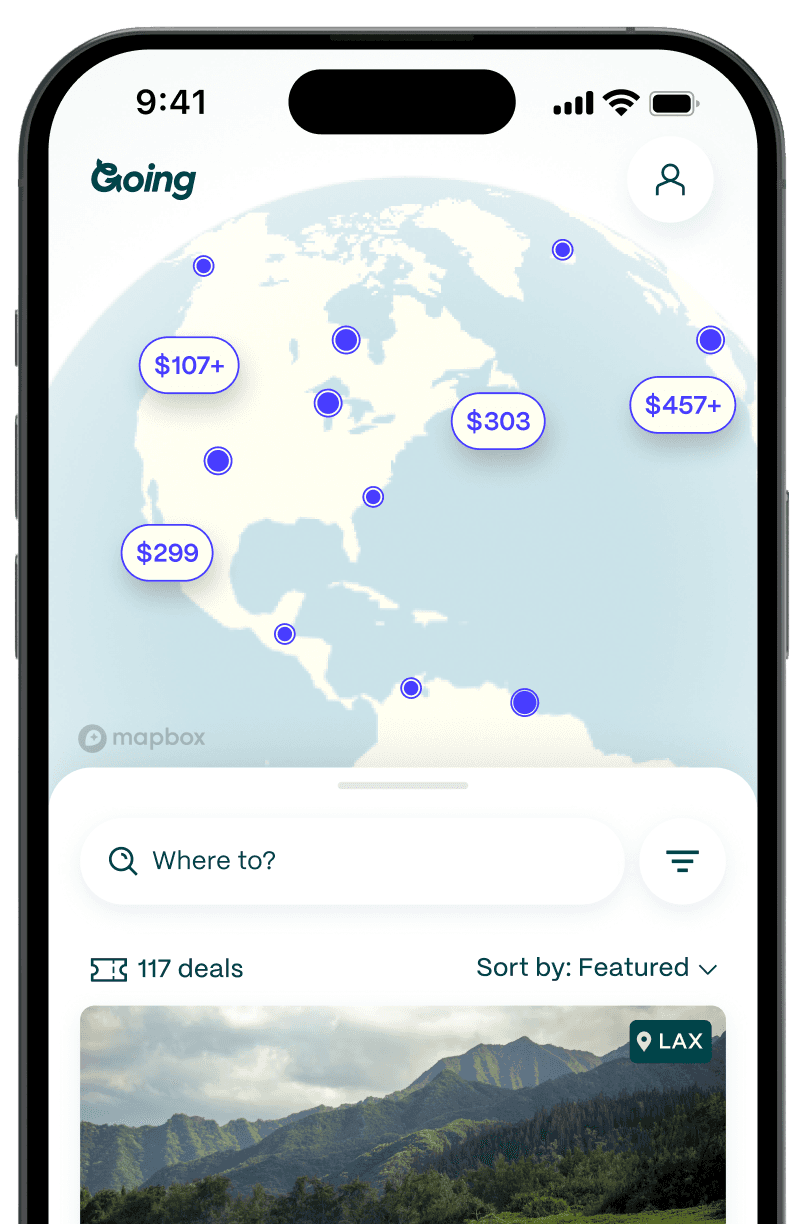
Zimbabwe: The Landlocked Country Known as the Jewel of Africa
Table of Contents
At its independence from Britain in 1980, Zimbabwe was dubbed the “Jewel of Africa” by then Tanzanian president Julius Nyerere. While for the past two decades, it's been in the limelight more for its economic and political chaos than its natural beauty and rich culture, it’s a gem waiting to be rediscovered.
What's Zimbabwe?

Until 1980, Zimbabwe, a landlocked country in southern Africa with vast savannah grasslands and rolling mountains, was known by its colonial name Rhodesia. The name Zimbabwe originates from the Great Zimbabwe ruins, an ancient settlement built between 1100 and 1450 CE by the Shona people a few miles from the present-day city of Masvingo.
This ancient settlement is known for its intriguing stone structures built without mortar. The structures are known as Dzimba Dzemabwe or "houses of stones." The history of present-day Zimbabwe revolves around this ancient settlement, with the country’s national emblem being a bird sculpture found at the Great Zimbabwe ruins. Today, the ruins are a UNESCO World Heritage site.
Sixteen official languages and counting
Zimbabwe has the highest number of official languages in Africa, with 16 official languages and several unofficial dialects, many of which originated from the Bantu language. For a country with a population of slightly over 16 million people, 16 official languages seem like overkill, but when the country’s new constitution was passed in 2013, these were made official, possibly to help preserve them. Shona and Ndebele are the major Indigenous languages, spoken by 70% and 20% of the population, respectively.
But since Zimbabwe was a British colony until 1980, many people, especially in major urban centers, can still converse in English. Despite the many languages, Zimbabweans remain (at times overly) welcoming to visitors, who are normally received with the words “tigashire” (Shona) or “sethule” (Ndebele), meaning “you are welcome.”
Watching Africa’s Big Five

Zimbabwe is home to more than 100,000 elephants, the world’s second-largest population after Botswana. With the country’s robust wildlife conservation programs, visitors to the country’s national game parks—Hwange, Mana Pools, Matobo, and Gonarezhou National, among others—can enjoy watching Africa’s Big Five (lion, African elephant, leopard, Cape buffalo, and rhinoceros) along with animals like Zimbabwe’s national animal, the sable antelope, and hippos and crocodiles, which are found in abundance in the Zambezi river.
Intriguing stone sculptures
For decades, stone sculptures and their sculptors have struggled for acceptance in Zimbabwe society. This form of art, steeped in the Shona culture for centuries, was associated with vagrancy and poverty, with some sculptors being cast out of their families. Early sculptors did not have markets for their products, and they lived in abject poverty. But with the influence and support from European colonial settlers in the 1960s, today’s stone sculptures are revered on the international scene; several stunning sculptures are even on display in the Atlanta airport.
A visitor can see the sculptures at various art centers across the country, like Tengenenge Sculpture Village in Guruve district and Chapungu Sculpture Park in Harare, while learning the intriguing stories behind the lives of the sculptors. Tom Blomfield, a white tobacco farmer who founded Tengenenge is credited for promoting and popularizing local stone carving back in the 1960s.
Forget the 100 trillion dollar note
Zimbabwe’s economic and political chaos were triggered by the country's controversial and bloody land reform program in 2000, which saw the government, under then-president Robert Mugabe, seizing land from white commercial farmers. “Over the next eight years, GDP contracted 40%, and the currency went into a tailspin as dollars from exports and foreign investment dried up,” according to Reuters. This also led to a period of hyperinflation (officially pegged at 231,000,000%).
As a result, by 2008, the country had a 100 trillion dollar note—one of the world’s largest denominations of currency—which scared off many visitors to the country. The note is no longer issued (though it’s sold as a novelty on eBay), and though the Zimbabwe government introduced new lower denominations of the local currency in 2019, it has legalized transacting in USD till 2030, which has made the US dollar the de facto currency of the country. Inflation is still high, and Zimbabwe remains relatively expensive compared to other countries in the region. And the country runs on cash.
From zipline to bungee jumping

High up Zimbabwe’s rolling eastern highlands (but easily accessible by road from the country’s capital Harare), adrenaline junkies can indulge in ziplining or a Sky Walk over Mutarazi Falls. Though little known, at 2,533 feet, it is the tallest waterfall in Zimbabwe and second-tallest in Africa.
On the opposite side of the country, on the border with Zambia, visitors can bungee jump off the Victoria Falls Bridge. Victoria Falls, also known as Mosi-oa-tunya (The Smoke That Thunders or Thundering Smoke), is another one of the world’s largest falls (by combined height and width) and one of the most popular tourist destinations in Zimbabwe.
All music genres in one night

Music—whether traditional or modern—remains a part of Zimbabwean culture. Traditional music is popular during times of crop harvesting and planting, rain-making ceremonies, or during various traditional celebrations or funerals. And today, musicians and their music are influencing political and social discourse in the country. Nights of music to celebrate Independence Day (April 18), Heroes Day (second week of August), and Unity Day (December 22) are popular with locals.
A visitor to Zimbabwe during these important holidays can dance all night at these free musical events sponsored by the government. Various live bands perform at events, and the venues of these music extravaganzas change every year. These events give visitors an opportunity to taste the country's various music genres—Zimdancehall, Zim Hip Hop, mbira, muchongoyo, and sungura among others—in one night. Zimdancehall is heavily influenced by Jamaican reggae beats, while Zim Hip Hop borrows its beat from international Hip Hop music. Mbira and muchongoyo are traditional beats that are characterized by traditional musical instruments like ngoma (drums), mbira (thumb piano), hosho (rattles) and magavhu (leg-rattles). Sungura, a fast-beat Zimbabwean music genre, is popular with the older generation.
Why not try sadza?

Zimbabwe’s food scene was heavily influenced by years of British colonialism—today, major hotels still serve a traditional English breakfast—but visitors can still try the country’s traditional foods. Most traditional foods in Zimbabwe are plant-based (meat is expensive for many); particularly during the summer season. In rural communities, summer is dominated by plenty of food from farms like boiled or roasted green mealies (chibage, AKA corn), boiled groundnuts (nzungu), cooked bambara groundnuts (nyimo), pumpkins (manhanga), and sweet potatoes (mbambaira). Sadza, a thick porridge made mostly from maize flour, is Zimbabwe's staple, and it is served with beef, chicken, beans, fish, pork, or various vegetables.
You can still grab the much-loved barbecue known locally as braai at various eateries dotted around the country’s major urban centers. Still, a local family can invite a visitor for a free traditional meal or a drink as part of the Zimbabwean hospitality.
Good to know
Is Zimbabwe expensive?
Compared to other countries in the region, Zimbabwe remains one of the most expensive. Though some shops, hotels, and other service providers accept international cards like VISA or MasterCard, it’s mostly a US$ cash economy.
Food is generally expensive in major hotels, between $20 and $50, but you can get a decent meal for less than $10 in many street food outlets in major cities. A hotel will cost more than $100 per night, while you can get a room for about $50 at a B&B. Many residents are turning their residential houses into B&Bs, which are both cheap and secure.
Best time to visit Zimbabwe
The best time to visit Zimbabwe is during the dry season which starts mostly in late April through late October. This time of the year, the weather is very pleasant, though at times a little chilly in June and July and a little hot between September and October.
What languages are spoken in Zimbabwe?
The main languages are English, Shona, and Ndebele. English is the major language used in education, commerce, government, and the media in Zimbabwe, and nearly 90% of the population can speak the language.
Zimbabwe with kids
There are many activities offered by various resorts that are family-friendly, like game viewing, boat cruising, and open-air barbecuing, among others. Though the eastern highlands are associated with hiking through forests and mountains, there are some hotels, like Leopard Rock in Vumba, which offer various activities for kids. Visit Kariba Dam and Victoria Falls and enjoy boat cruises and fishing.
Zimbabwe public transportation
Zimbabwe has an unreliable public transport system. Rail is not functioning properly but the inter-city bus is still very robust. But within cities, the bus system is controlled by unregistered commuter omnibus operators.
The safest way for a visitor to travel around the country is by a rental car.
Is Zimbabwe safe?
Zimbabwe is ranked #124 out of 163 countries on the Global Peace Index. The US State Department lists it as a Level 2 (Exercise Increased Caution) due to crimes like pickpocketing and car smash-and-grabs. There have also been periods of civil unrest around elections, and visitors are cautioned to avoid demonstrations.
Zimbabwe is ranked #149 with a score of just 21 of 100 on the World LGBTQ+ Equality Index. The former Zimbabwe president, Robert Mugabe, was very anti-LGBTQ+, and his anti-gay legacy still lives on. Zimbabwe has anti-LGBTQ+ laws on its books; though rarely used, it’s still not safe to be involved in same-sex activities in the country.
Getting to Zimbabwe
- Main airport: HRE
More destinations and adventures in Africa:
Last updated April 11, 2024
Articles you might like
View All
Best Day Trips from San Francisco: 25 Trips You’ll Actually Want to Take (2026)
Jan 6, 2026
12 min read

30 Free Things To Do In San Francisco That People Keep Recommending
Jan 6, 2026
10 min read

Marrakesh: The North African City Where Storytelling Is an Art
Jan 5, 2026
5 min read






